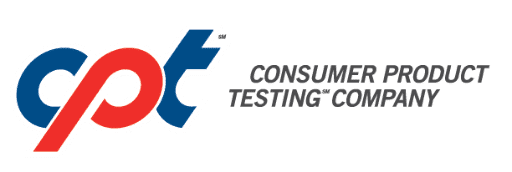To understand production water for cosmetics, it is imperative to first understand what constitutes a cosmetic product. The Federal Food, Drug and Cosmetic Act defines a cosmetic as any product intended to be rubbed, poured, sprinkled, sprayed or introduced into or otherwise applied to the human body for cleansing, beautifying, promoting attractiveness or altering appearance. A cosmetic product does not diagnose, cure, mitigate, prevent or treat any disease, nor does it affect the structure or functioning of the body.
The regulation of cosmetic products plays a significant role in the way in which production water for cosmetics is regulated. In the U.S., cosmetics are not currently regulated beyond requirements that a product be safe, and not adulterated or misbranded. A cosmetic is considered adulterated if it bears or contains any poisonous or deleterious substance which may render it injurious to users under conditions of use as prescribed in the labeling. A misbranded cosmetic is one that is labeled in a false or misleading manner.
As a result of the cosmetic industry being so lightly regulated, there are no specific requirements for the purity of water which may be used in the production of cosmetic products. That being said, the requirement that cosmetics not be adulterated does impact the quality of water that is used in cosmetic production since the water must be free of chemical contaminants or microbiological organisms which if present, would render the product as being adulterated.
There are various types (purity levels) of water that are used in the cosmetic industry. A survey of the industry finds that some cosmetic manufacturers continue to use potable (municipal) water to manufacture products, although this practice is on the decline. Potable water does not meet the requirements for USP Purified Water since it typically exceeds the requirements for Total Organic Carbon (TOC) and Conductivity, and seasonal fluctuations of microbial growth are often observed. Depending upon its source, some potable water may also contain high levels of minerals (e.g., iron, calcium and magnesium), ionic compounds (e.g., sulphates, phosphates and nitrates) and other ‘reactive’ compounds which could negatively impact the color, odor, pH or even the viscosity of the product in which it is used. At the opposite end of the spectrum, many cosmetic manufacturers are now using USP Purified Water, which is water that meets the minimum purity standards for nonsterile drug manufacturing.
In spite of the fact that the purity of water used in the cosmetic manufacturing is not specified by regulation, many cosmetic manufacturers have now committed to using Purified Water. Two major reasons for this commitment by cosmetic manufacturers are as follows:
Many cosmetic manufacturers also manufacture OTC drugs such as sunscreens and anti-acne products in their facilities. Since drug products must be manufactured using Purified Water, the practice is carried over into the manufacturing of their cosmetic products. This avoids confusion on the production floor as to which type of water is to be used for each product.
It makes good “business” sense to manufacture cosmetic products using Purified Water since it eliminates a possible source of chemical contaminants and microbiological organisms in their products which would render them adulterated. It also eliminates a source of minerals, ionic and reactive compounds which could alter the physical attributes of the product. This lowers the risk of rejected batches, product recalls and consumer dissatisfaction, all of which can impact any organization’s ‘bottom line’.
Since nearly all users of Purified Water have a water purification system that is installed at their site, the design, monitoring and maintenance of the system is critical. It is important to understand that water, and any purification system that is used to produce Purified Water provides an excellent environment for microbial growth. Thus, the design of a water purification system is a crucial matter. A poorly designed and/or poorly monitored system can result in the contamination of the water that it produces. Design choices should be based upon the specific needs of the manufacturing site that the water purification system must support. Quality of water, rate of production, storage and distribution needs, ease of maintenance and cost all come into play when designing a water purification system.
Why Choose CPTSM for your Production Water Testing?
When it comes to Production Water for Cosmetics of any type, CPTSM can address your testing needs. Our team of expert chemists and microbiologists can provide accurate testing, whether it be routine monitoring or testing support of validation activities. Consulting services are also available to assist you in identifying problems within your water purification system. Whatever your water testing needs, CPTSM is ready to lend assistance.
Think of CPTSM as an extension of your Quality Team. Accurate testing conducted within a highly compliant testing environment. Contact us at your earliest convenience.
